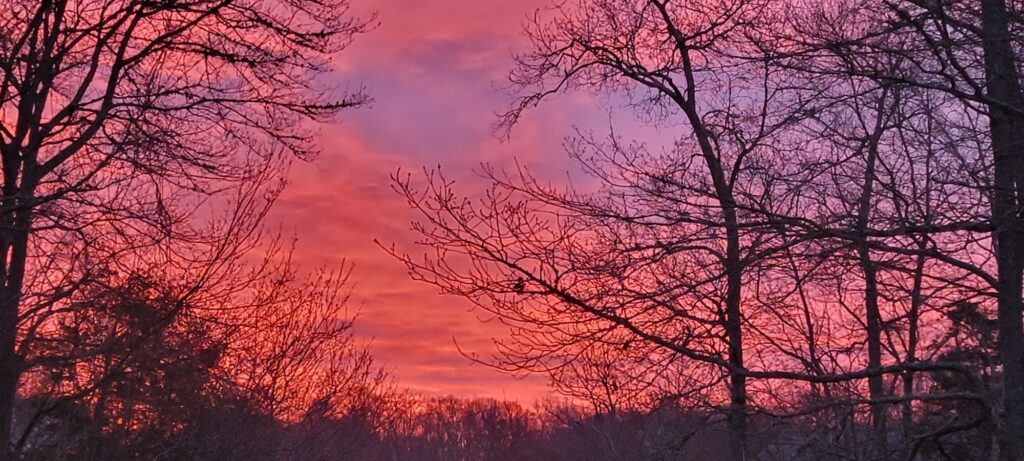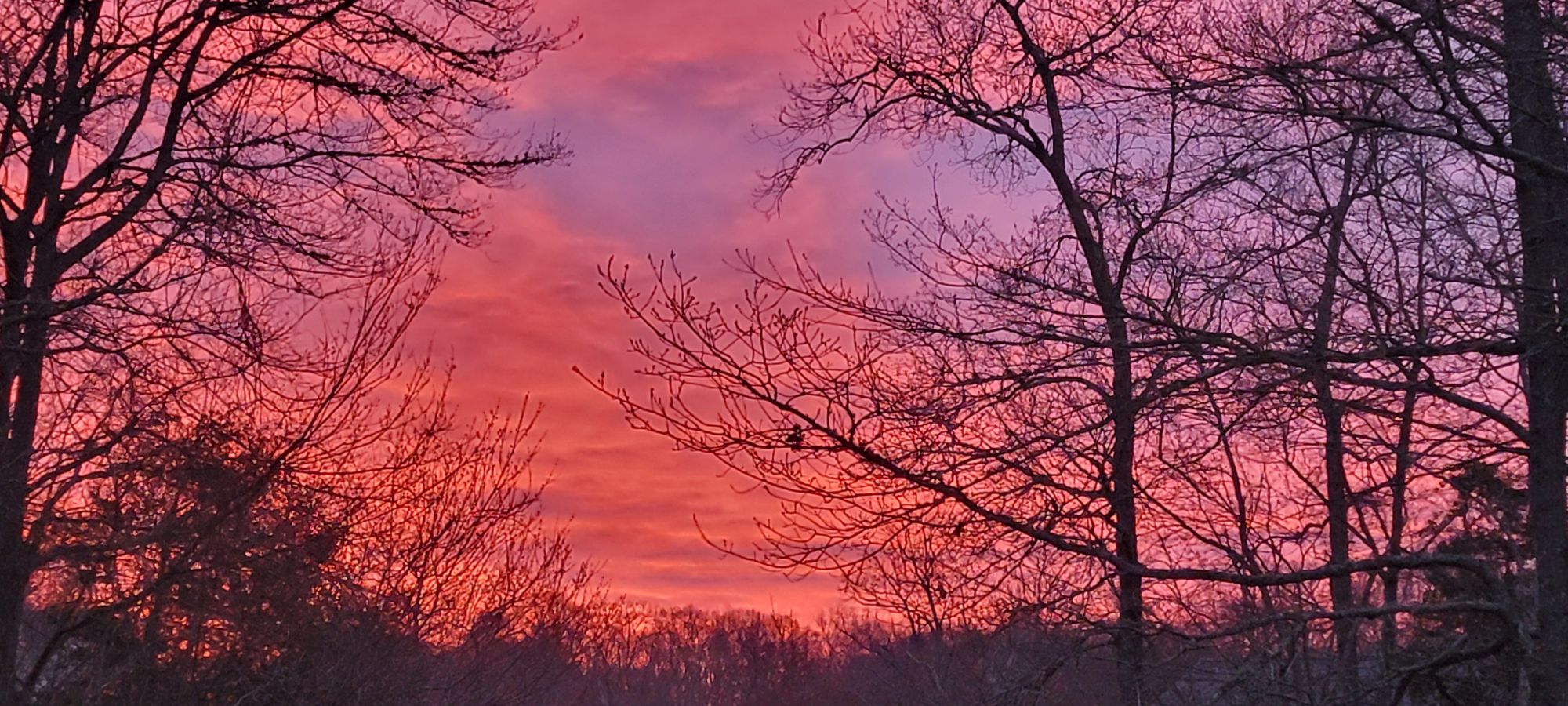The “Red Sky” Proverb

The saying “Red skies in the morning, sailors take warning; Red skies at night, sailors delight” is a traditional weather proverb used by sailors and farmers to forecast the weather based on the appearance of the sky at sunrise and sunset. This ancient adage has its roots in meteorology and observational wisdom, with origins dating back thousands of years.
The concept behind this saying lies in understanding the atmospheric conditions that produce red skies at different times of the day. The appearance of a red sky is influenced by the scattering of sunlight through the Earth’s atmosphere, particularly by dust, moisture, and other particles.
To break down the saying:
- Red Skies in the Morning: This suggests that if the sky is red during sunrise, there’s a higher likelihood of stormy weather approaching. The red morning sky can indicate that sunlight is passing through a high concentration of moisture or dust particles, typically caused by an approaching weather front or storm system. The storm might be coming from the west (since we see red skies in the morning) and could mean rough seas for sailors.
- Red Skies at Night: Conversely, a red sky at sunset indicates that the prevailing weather conditions are stable and good. A red evening sky suggests that dry air is moving in from the west, which often indicates fair weather for the next day. For sailors, this means calm seas and favorable sailing conditions.
This saying is rooted in ancient seafaring and agricultural traditions and has been observed and recorded by cultures around the world. Its origins can be traced back to biblical times. In the Bible, specifically in the New Testament (Matthew 16:2-3), Jesus refers to this phenomenon when he says, “When evening comes, you say, ‘It will be fair weather, for the sky is red,’ and in the morning, ‘Today it will be stormy, for the sky is red and overcast.'”
The scientific explanation behind this saying is that a red sky typically results from the scattering of sunlight through particles in the atmosphere, especially during sunrise and sunset when the sun is lower in the sky. Dust and moisture particles in the air scatter shorter wavelengths of light (like blue and green), allowing longer wavelengths (such as red and orange) to dominate the sky.
Over centuries, this observation-based wisdom was passed down through generations of sailors and farmers as a practical guide for predicting imminent weather changes. The accuracy of this saying can vary based on regional climate patterns and atmospheric conditions, but it remains a fascinating example of how ancient knowledge of nature and the skies continues to influence traditional wisdom and folklore.






